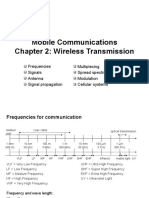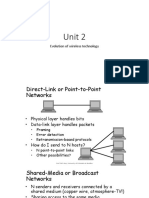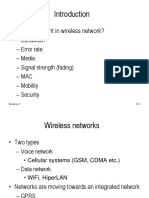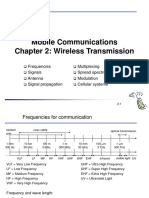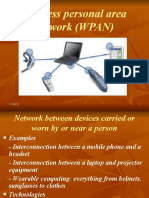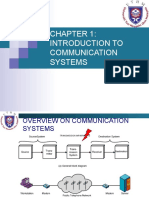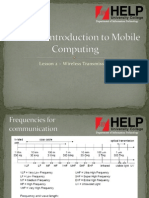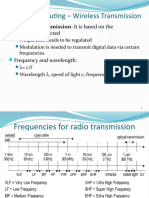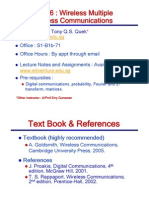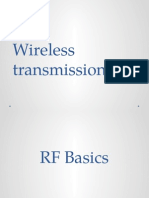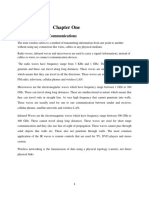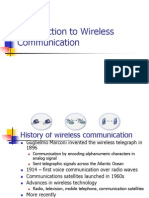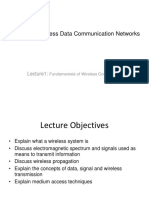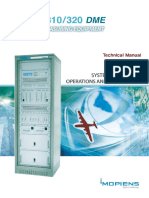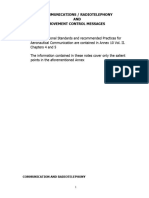0% found this document useful (0 votes)
29 views36 pagesChapter Three
The document provides an overview of wireless communication principles, including the components of wireless systems, signal transmission, and frequency allocation. It discusses various multiplexing techniques, modulation methods, and the differences between analog and digital communications. Additionally, it classifies different types of wireless networks such as LANs, MANs, and WANs, along with examples of each.
Uploaded by
lidelidetuwatiroCopyright
© © All Rights Reserved
We take content rights seriously. If you suspect this is your content, claim it here.
Available Formats
Download as PDF, TXT or read online on Scribd
0% found this document useful (0 votes)
29 views36 pagesChapter Three
The document provides an overview of wireless communication principles, including the components of wireless systems, signal transmission, and frequency allocation. It discusses various multiplexing techniques, modulation methods, and the differences between analog and digital communications. Additionally, it classifies different types of wireless networks such as LANs, MANs, and WANs, along with examples of each.
Uploaded by
lidelidetuwatiroCopyright
© © All Rights Reserved
We take content rights seriously. If you suspect this is your content, claim it here.
Available Formats
Download as PDF, TXT or read online on Scribd
/ 36











